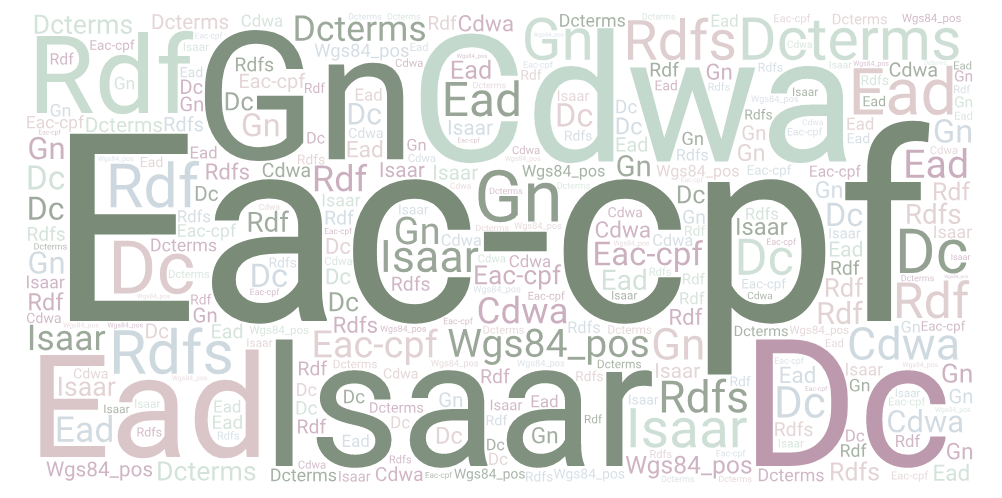Project Overview
Organizing and interconnecting knowledge in a LOD environment.
Plucky traveller has been realized for the course Knowledge Organization and Digital Methods in the Cultural Heritage Domain taught by Francesca Tomasi within the master course in Digital Humanities and Digital Knowledge at the Università di Bologna.
The idea behind the project was to work with key concepts and figures surrounding the idea of rapid circumnavigation, and to connect them in a Linked Open Data environment. We were inspired by Jules Verne’s fictional story and Nellie Bly’s real experience of travelling for the choice of our items. We first collected different kind of Exemplary Items and information already available on the web. We then grouped our objects based on their properties and represented their relationships through an E/R Model. In our next step, we performed a Metadata Standard Alignment for each item, to later develop our Conceptual and Theoretical Model. This allowed us to link our items in a LOD manner that follows industry standards.
Considering the variety of the items our project involves, we deemed multiple ontologies helpful and decided to combine them in our own new ontological framework for easier representation and interpretation by users. On this page you can find a word cloud showing the types and frequency of the ontologies we used.
We decided to call our new ontology Plucky to honor Nellie’s fearlessness. Further details and examples of Plucky usage are available in the conceptual model. In the Description of Data, we present a table with the relevant questions for each kind of item, on the base of which we then chose the right predicates. Our ontology allows us to achieve a more complete representation of the relevant information, as it enabled us to re-use, re-name and re-create predicates from various ontologies, used by various institutions, to increase accessibility and usability, as shown in the table. It should be noted that Plucky’s use of the general element “entity” allows us to apply it to a wide variety of items, classified according to their type (Person, Item, Date, Place). This means that there is a breadth of predicates that can act on entities of different types. A possible implementation of the predicates was demonstrated in descriptive XML / RDF files. The final section Interconnection shows the semantic connection between our RDF files and other resources, in repositories such as dbpedia, wikidata etc., sharing the same authority control for names.
